Electronic Cigarette: History, How it Works, and Risks
E-cigarette, Electronic cigarette or 'E-cigs' is quite popular among smokers, quitting or retiring smokers and recreational smokers. The use of e-cigarettes is also known as “vaping”, and it functions by heating a liquid in order to generate an aerosol which the user inhales and exhales just like a traditional cigarette.
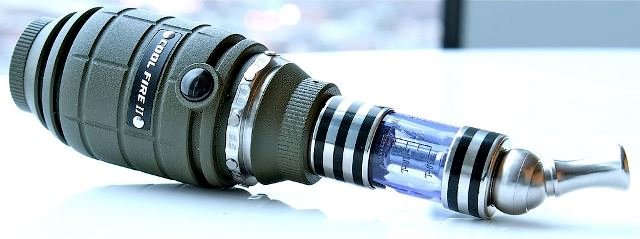
The history of the e-cigarette dates back to 1963, when Herbert A. Gilbert invented and patented the “smokeless non-tobacco cigarette” which made use of heated, moist and flavoured air, unlike the traditional cigarette of burning tobacco and paper.
Herbert A. Gilbert never commercialized his e-cigarette. It eventually became a popular choice in China where about 60% of the men’s population are smokers.
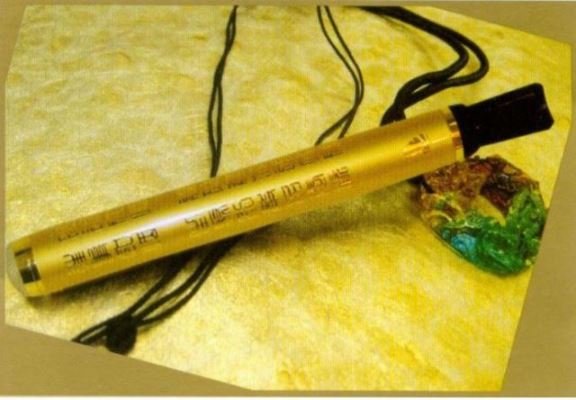
In 2003, a Chinese pharmacist and inventor, Hon Lik, was credited as the inventor of the modern e-cigarettes. That year, he patented the modern e-cigarette design and it was launched in the Chinese domestic market in 2004.
How it actually works
The electronic cigarettes comprises of an inhaler cartridge containing nicotine, glycerine, propylene glycol, and flavorings.
As the user inhales, a vapourizer is triggered by a sensor to heat up the liquid (e-liquid) flavouring, which then turns to vapour or aerosol and is inhaled and exhaled (cloud-chasing) by the user.
Vaping is quite different from a hookah or water-pipe. The mechanism of a hookah involves burning a mixture of tobacco with molasses. The smoke is then cooled down by drawing it through water. However, the smoke created from the burning, releases cancerous-chemicals that are inhaled by the user.
Vaping or e-cigarette does not require burning of anything at all, and hence, the aerosol generated does not contain the harmful substances present in cigarettes and hookahs. The liquid present just vaporizes, and requires no burning.
Debate about its safety
Overtime, there have been concerns as to whether e-cigarettes are safe.

Source: E-cigarette user blowing a cloud of aerosol (vapor), a.k.a cloud-chasing
And considering the fact that vaping doesn’t burn tobaccos, it is often considered safer than traditional cigarettes.
Also, polyethylene glycol which is used in many products, is an FDA approved ingredient found in the liquid cartridges of the e-cigarette.
Are there risks to its use?
A habit like vaping can definitely not be without risks.
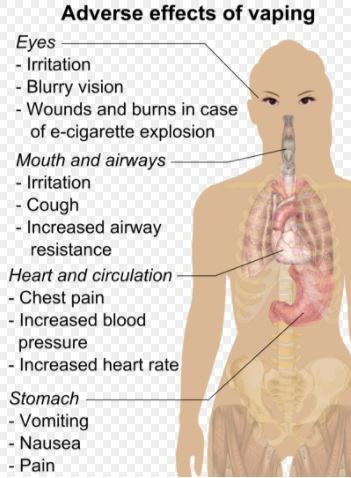
Source: Adverse effects of Vaping
The assumption is usually that since burning of tobacco isn’t part of the mechanism of e-cigarettes, then it is safe. However, that is not necessarily the case.
No - because;
In 2013, a journal by Tobacco Control discovered that e-cigarette had harmful chemicals of around levels 9 to 450 times lower than conventional cigarette
Yes -because;
In 2009, a study by the U.S. Food and Drug Administration was reported to have found detectable levels of known toxic chemicals and carcinogens which could pose a risk to the user.
Exploded View of the e-cigs
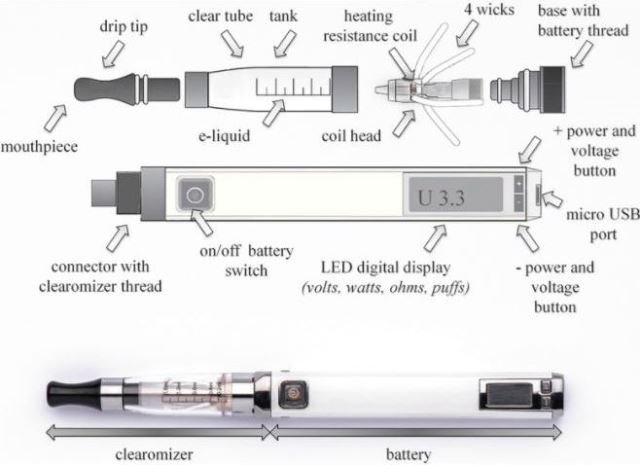
Conclusion
There are uncertainties about the health risks of ‘vaping’, but it is assumed to be safer than cigarettes. The long-term health effects associated with vaping are not known, because evidence is limited. In the short-term though, they are safer than traditional cigarettes and can help smokers quit.
For non-smokers, e-cigarettes can induce nicotine addiction, and a major concern is that children could start smoking after using e-cigarettes. But as of recent studies and trials there are no serious adverse effects.
Vomiting, nausea, throat and mouth irritation, and coughing are the less serious adverse effects of the e-cigarette.
Reference:
- Electronic Cigarette
- How E-Cigs Work
- E-Liquid
- Heat-not-burn tobacco
- Polyethylene_glycol
- Cloud-chasing
Thank you for your time and for reading my post.
If you found this post interesting, then kindly UPVOTE, RESTEEM and FOLLOW @rickie, for more quality posts.
You Can Check Out My Other Posts Below:
- A Smart-Phone Compatible System Detects Bacteria In Food
- With New Technology, Cancer Can Be Spotted Several Months Before It Occurs
- Synthetic Alcohol That Doesn't Give Hangover Will Replace Present-Day Alcohol In A Few Years
- Tomatoes and Apples Could Help Repair Lung Damage in Ex-Smokers
- Bacteria On Skin Can Aid Wound Healing
- An Artificial Intelligence Algorithm Can Help Prevent Suicide

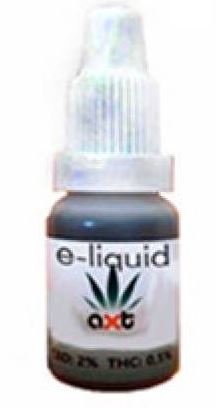
How verified is it that this e-cigs wont hace adverse side effect to peoples health
Well, the benefits and limitations are actually stated in the post @austinebizzy. Playing safe and using what works best for one, is still the best. Thanks for visiting.
Are you kidding me?
Lolz....No
Great break down! I think the 'gateway' problem is a real concern, but that being said they're so useful in smoking cessation efforts too! Cuts both ways I guess
Yea, you are right @tfcoates. Yea, there seems to be a divide when we take both smoking mediums into consideration. But yea, i can relate with the 'gateway' problem too. Thanks for reading.
:) Too easy!
You did a great job. Keep it up. Can I resteem your share ?
Thanks for reading @htuan. And yes, you can resteem.
Thank you for this post. Now we can smoke freely in another form, :). lol. I wonder if thesame mechanism is for sisha as well.
Well, the shisha actually makes use of real sweet flavoured tobacco. But the electric cigar doesn't do real tobacco. I guess that's the major difference. Thanks for reading @turpsy.
Hmmm, this is really serious.
You can say that again @mzuami. Thanks for visiting